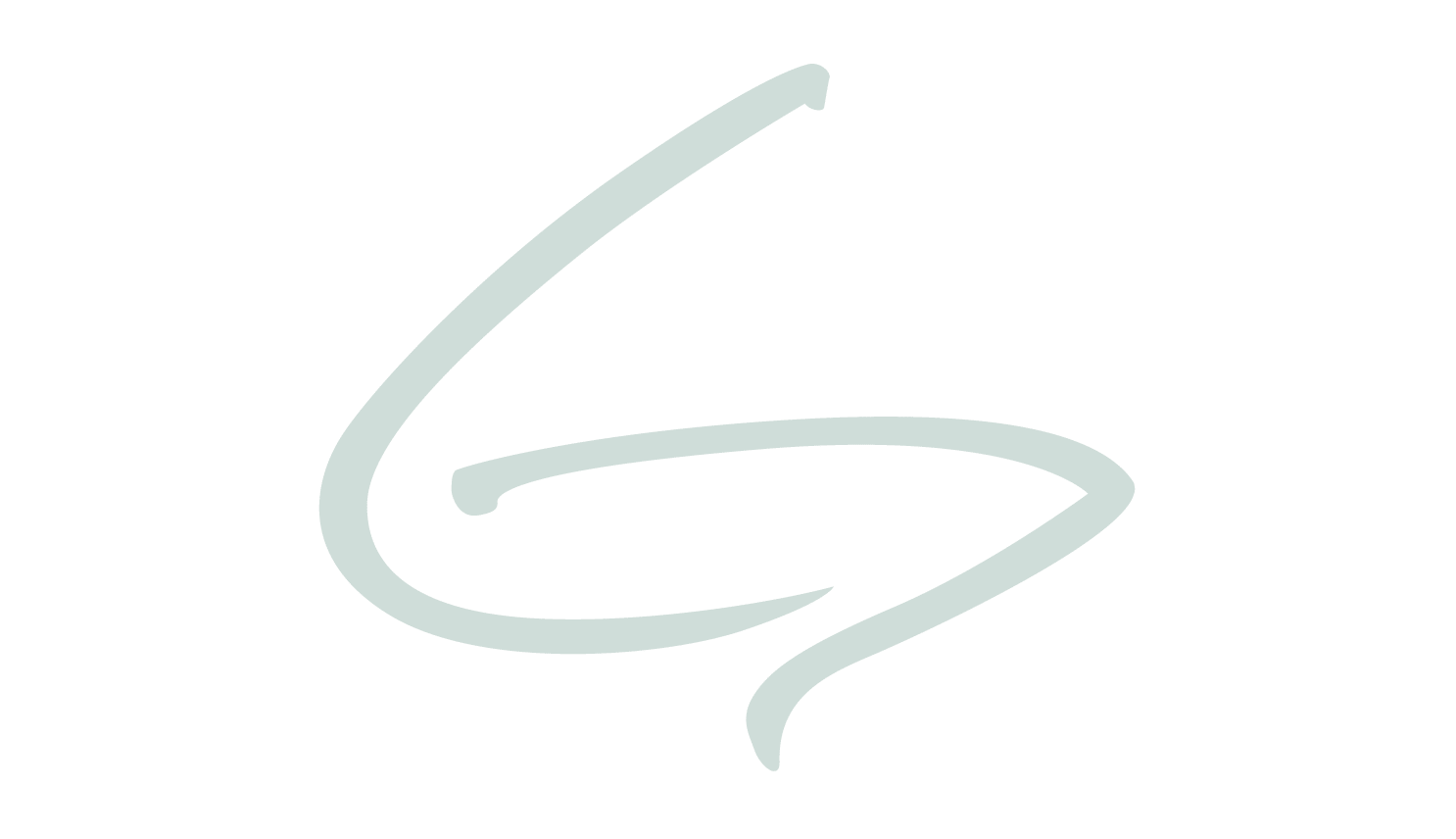August-June
We use paper in countless ways each day – from writing a note to drying our hands. The amount of paper we use leads to large quantities of paper waste sent to landfill or recycled and never seen again. In nature, materials are recycled through a variety of processes with the help of fungus, bacteria, and invertebrates. In this program, we explore sustainability by repurposing scraps into new paper that can be used in artistic practice and uncover the similarities and differences between natural and human recycling. This hands-on experience encourages students to learn new skills and make sustainable choices.
Fine Arts Standards:
- VA.3.1CR Identify problems as sources in preparation for artmaking.
- VA.3.2CR Investigate artistic challenges using various materials and tools.
Ohio Science Standards:
- ESS.3.3 Some of Earth’s resources are limited.
Ohio Social and Emotional Learning Standards:
- SEL.C2. 3.b Perform activities that contribute to classroom, school, home and broader community.
Ohio Social Studies Standards:
- Economics Strand: Scarcity: Wants are unlimited and resources are limited. Individuals make choices because they cannot have everything they want.
- Economics Strand: Production and Consumption: People produce and consume goods and services in the community.
Vocabulary:
recycling, sustainability, purpose, mould & deckle, texture, decomposer
